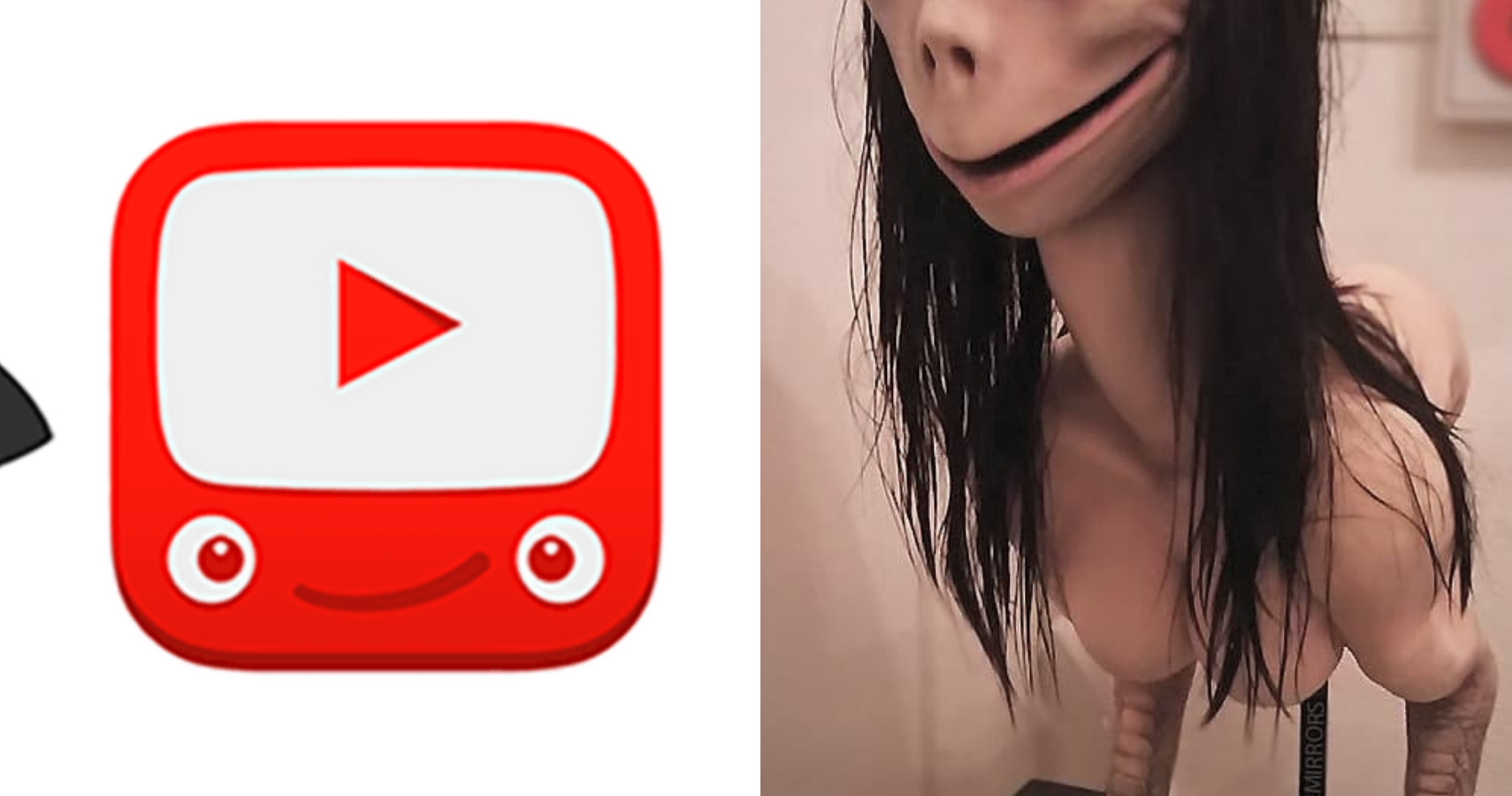If you're a parent with an internet connection, then you've most likely heard of the Momo Challenge. Just this last week, news and blogs and Facebook feeds have been filled with warnings about this potentially deadly viral challenge targeting kids. Allegedly, videos on the kid-friendly video platform YouTube kids were spliced with images of a very scary face urging kids to commit acts of self-harm. Now, we're parents ourselves, so naturally we find this just as concerning and everyone else!
However, what started as a viral hoax has now been blown so far out of proportion that parents everywhere are in a sheer panic.
Let's be clear: the scary face itself is real, but it's a screenshot of a piece of art by Japanese artist Keisuke Aisawa. The story behind Momo, however, is a hoax (albeit a very well-crafted one).
To date, there have been no corroborated reports of children harming themselves because of the Momo Challenge.
Additionally YouTube has stated that, contrary to reports and the hysteria currently sweeping the internet, they have found zero evidence that these videos exist on their platform. Ironically, Momo videos are all over YouTube NOW, as people share and post videos related to the hoax. But we get it! It's scary as a parent with kids who have access to the internet. So, aside from panicking, what can we do?
PREVIOUSLY: Parents Are Finding Popular Kids Content On YouTube Kids With Hidden Messages
Experts say that hoaxes if like the Momo Challenge can teach us anything, it's that parents need to be much more diligent about monitoring their children's online activities.
The Momo Challenge should be a wake-up call to parents, that we need to be super involved and aware of what our kids are looking at when they're on the internet. Lori Getz is a parent and the founder of her own cyber-education company. Getz says, "If you take kids to the park and you stand three feet away from them, you should stand three feet away while they’re on YouTube". Too often, we rely on the safeguards and algorithms put in place by these platforms. But the technology is far from perfect.
While the Momo Challenge has been debunked, there have been other instances of inappropriate content being made available to children.
A common tactic is to splice seemingly harmless videos like Peppa Pig with scenes depicting violence, sexual acts, or bad language. When we rely on platforms like YouTube to keep our kids safe, we're dropping the ball as parents. The best way to protect your kids from this kind of content is to keep them off the internet. But the second best way is to be all up in their business when they are on the internet.
As parents, we need to know what's out there. We need to know what our kids are watching, and what kind of content they have access to on these platforms. It's certainly easier to stick our heads in the sand and only pop them out to panic when something like Momo comes along.
But if you're being diligent about monitoring your kids' activity on the internet, you can be better prepared to deal with these viral hoaxes when they come up. Momo isn't the first one to instill mass panic in parents, and it certainly won't be the last.
READ NEXT: Mom Warns Parents Of YouTube Video Showing Kids How To Harm Themselves

